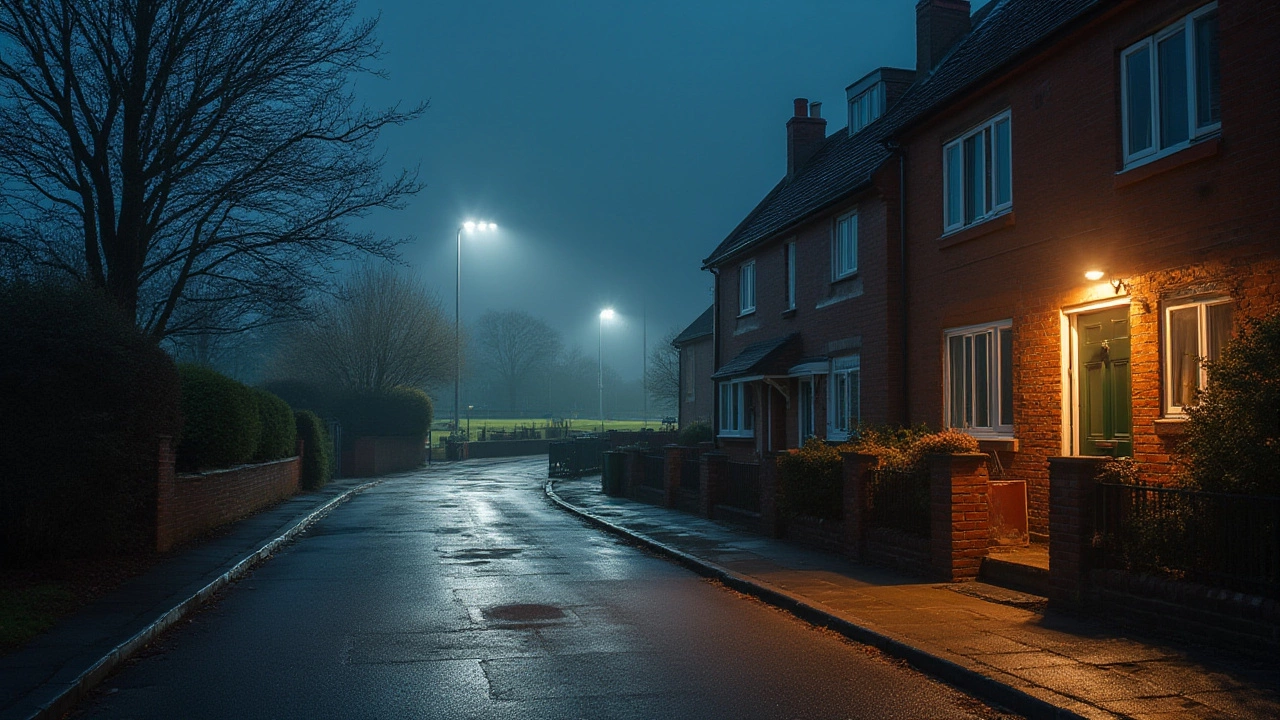Ever wonder why a driveway feels safer when it’s lit? A good security light does more than chase away darkness – it scares off intruders, helps neighbours see what’s happening, and lets you spot hazards before you trip over them.
In this guide we’ll walk through the three things you need to know: what type of light fits your property, where to mount it for maximum effect, and how to wire it without breaking the bank.
First up, pick a light that matches your needs. Motion‑sensor LEDs are the most popular because they only turn on when something moves, saving power and keeping your electricity bill low. If you want constant illumination for a large garden, look for floodlights with a wide beam spread (120°‑180°) and a rating of at least 100 lumens per square metre.
Don’t forget the colour temperature. Cool white (5,000‑6,000 K) looks bright and alert, while warm white (2,700‑3,000 K) feels more inviting. Most homeowners pick cool white for security because it makes faces easier to recognise on camera.
Finally, think about power source. Solar‑powered lights are great where wiring is tricky, but they need a sunny spot and a battery that can hold a charge through winter. Mains‑powered units give steady output and are ideal for entryways or garages.
Where you mount the light matters just as much as the light itself. Aim the sensor about 8‑10 feet off the ground – that’s high enough to avoid pets triggering it, but low enough to catch a person’s silhouette.
Angle the beam so it covers the most vulnerable area: front doors, back gates, driveways, and any dark corners. A 30‑degree downward tilt usually works well. Test the motion range before you tighten the screws; walk through the zone to see when the light fires.If you’re using a wired unit, run the cable through a conduit to protect it from weather and tampering. A small box of sealant around the fixture will stop water from seeping in and ruining the electronics.
Don’t forget to sync the light with your security camera. Most modern cameras pick up the extra illumination automatically, giving you clearer night‑time footage. Some lights even have a built‑in siren or camera integration – perfect for a one‑stop security solution.
Once installed, set the sensitivity level. Too high and the light will flash every time a cat walks by; too low and a sneaky intruder could slip by. Most units let you adjust this with a simple knob or via a phone app.
And that’s it – you now have a security light that deters burglars, helps your cameras, and makes night‑time navigation safer for everyone. Keep the lens clean, check the batteries or wiring annually, and you’ll enjoy peace of mind without extra hassle.

Floodlights and security lights might seem the same, but they're designed for different jobs. Here’s how they really differ, with all the facts and tips you need.